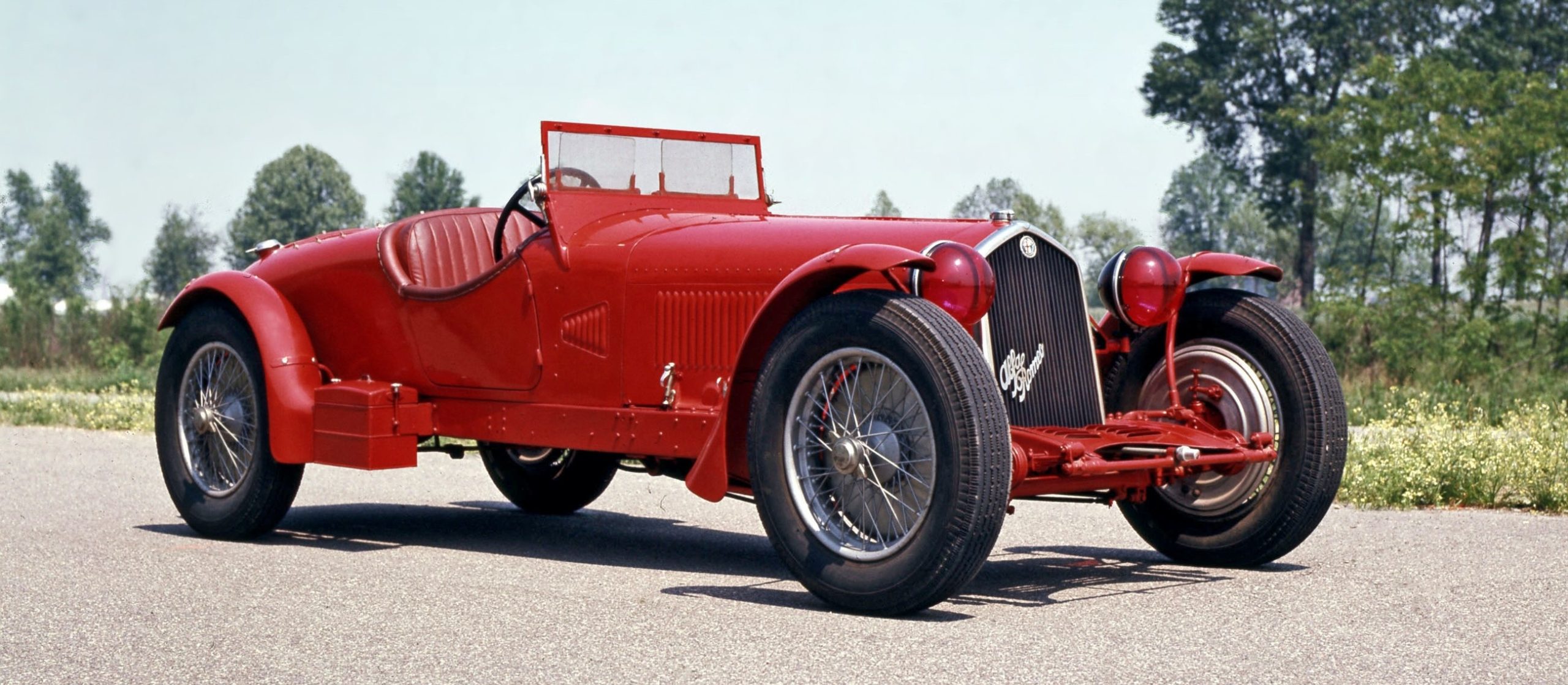
The Alfa Romeo 8C was a range of Alfa Romeo road, race and sports cars of the 1930s.
- Production from 1931 to 1939
The 8C designates 8 cylinders, and originally a straight 8-cylinder engine. The Vittorio Jano designed 8C was Alfa Romeo’s primary racing engine from its introduction in 1931 to its retirement in 1939. In addition to the two-seater sports cars it was used in the world’s first genuine single-seat Grand Prix racing car, the Monoposto ‘Tipo B’ – P3 from 1932 onwards. In its later development it powered such vehicles as the twin-engined 1935 6.3-litre Bimotore, the 1935 3.8-litre Monoposto 8C 35 Type C, and the Alfa Romeo 8C 2900B Mille Miglia Roadster. It also powered top-of-the-range coach-built production models, including a Touring Spider and Touring Berlinetta.
1931 8C 2300
The first model was the 1931 ‘8C 2300’, a reference to the car’s 2.3 L (bore: 65 mm, stroke: 88 mm, 2336 cc) engine, initially designed as a racing car, but actually produced in 188 units also for road use. While the racing version of the 8C 2300 Spider, driven by Tazio Nuvolari won the 1931 and 1932 Targa Florio race in Sicily, the 1931 Italian Grand Prix victory at Monza gave the “Monza” name to the twin seater GP car, a shortened version of the Spider. The Alfa Romeo factory often added the name of events won to the name of a car.
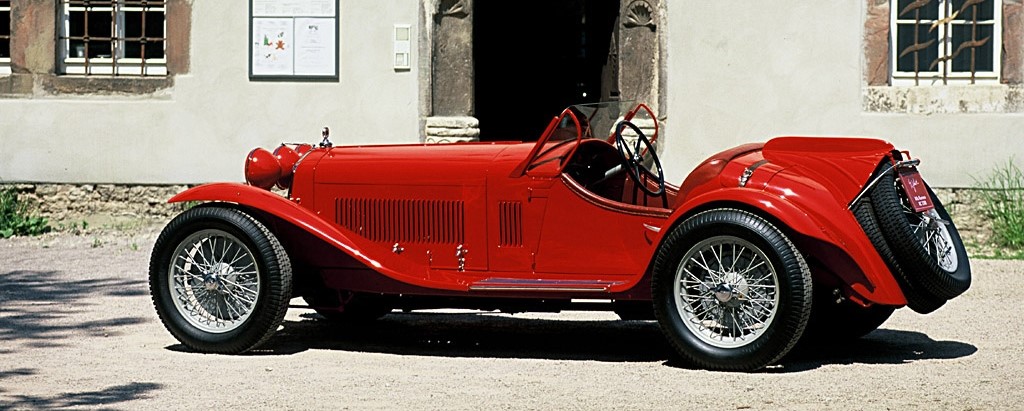
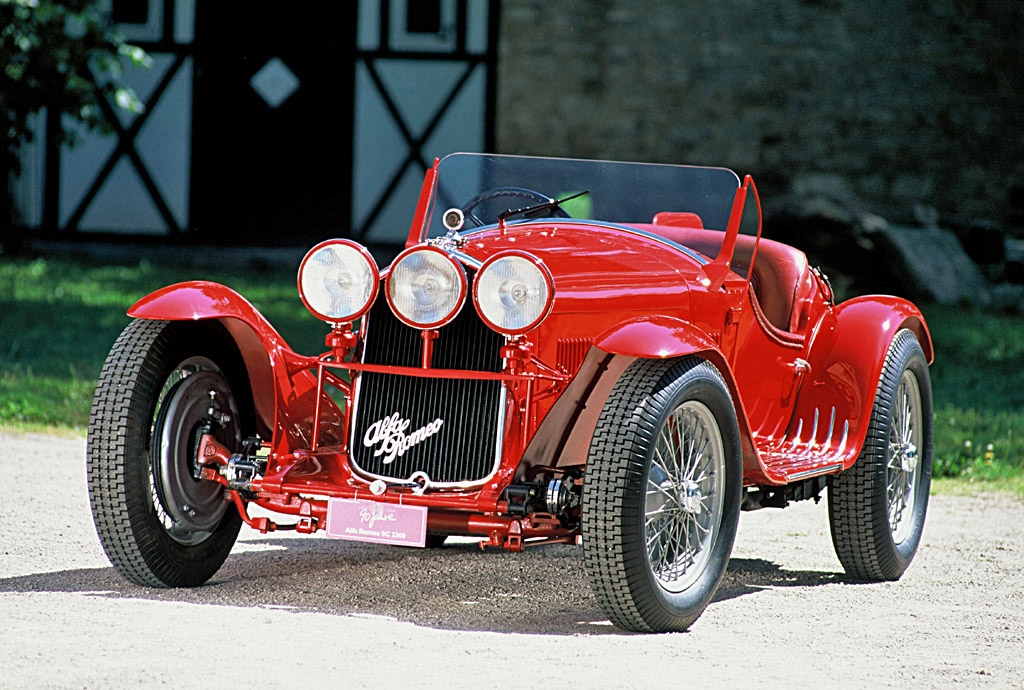
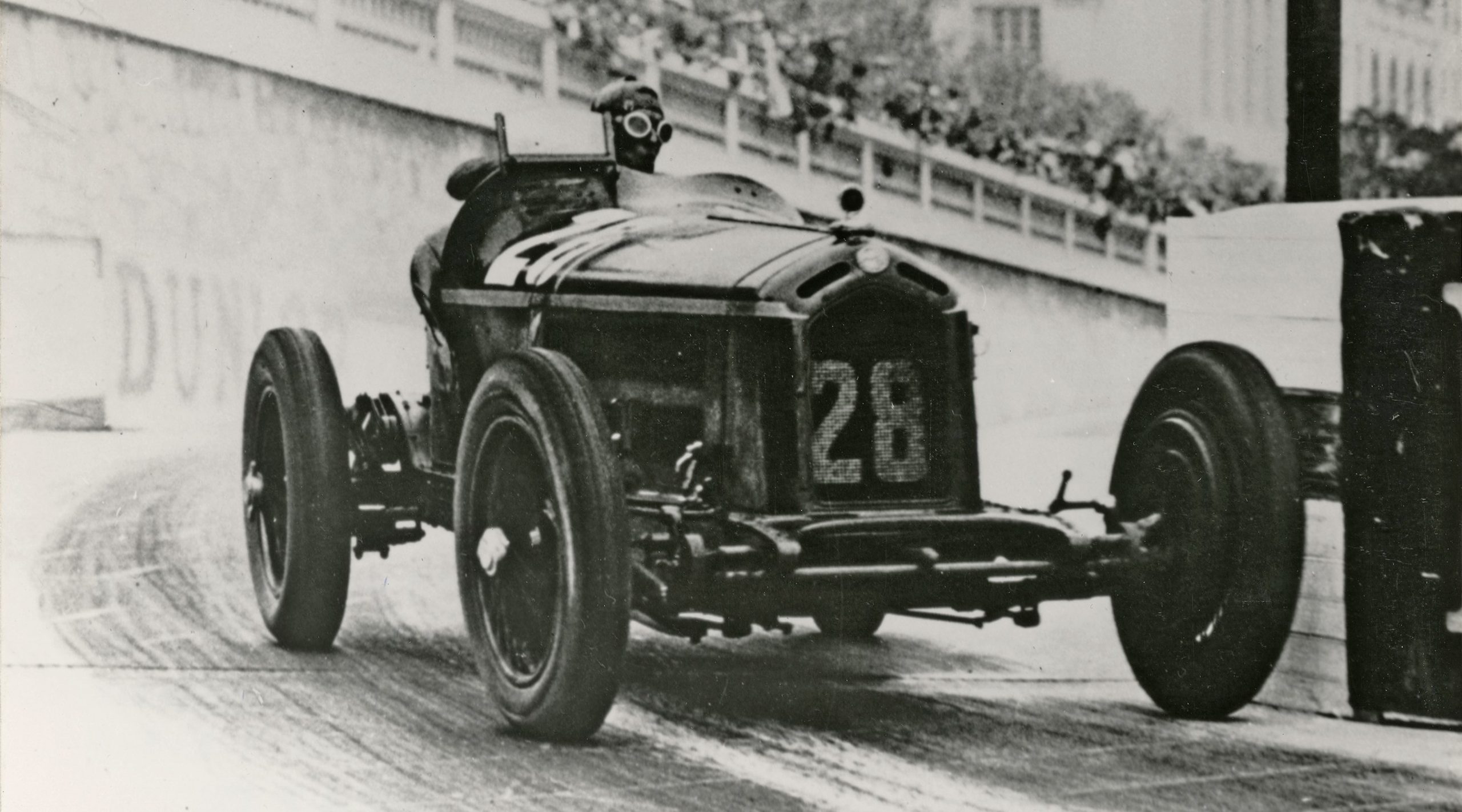
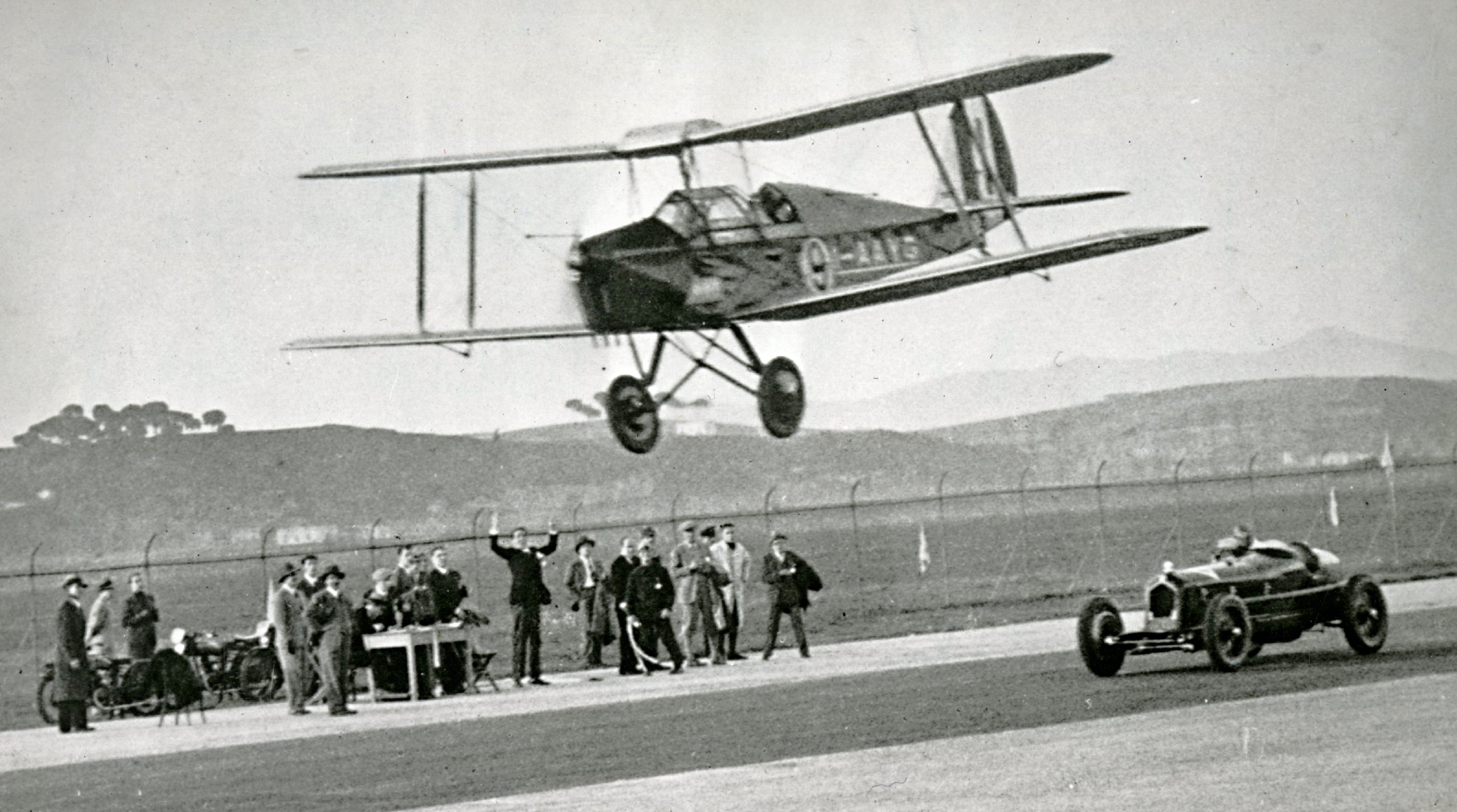
Alfa Romeo 8C 2300 Monza driven by Tazio Nuvolari, who was narrowly beaten by a Caproni 100 Biplane at Rome’s Littorio Airport on December 8, 1931. Tazio Nuvolari was an Italian racing driver. He first raced motorcycles and then concentrated on sports cars and Grand Prix racing. Nuvolari won 70 races (52 of them outright, regardless of class), and among them were 12 World Championship races and 49 Grands Prix including the 1935 German Grand Prix in an Alfa Romeo.

1933 Alfa Romeo 8C
Built to Le Mans specification with lungo chassis and body, a near original example with no major replacement components, this 8C was imported into the UK from Italy in 1937 by Thomson & Taylor, the British Alfa Romeo agents.

1937 Alfa Romeo 8C 2900
The 8C 2900 was designed to compete in sports car races in general and the Mille Miglia in particular. It used the 2.9 L (bore: 68 mm, stroke: 100 mm, 2905 cc) version of the 8C engine and was based on the 8C 35 Grand Prix racing chassis. The 8C 2900A was shown to the public at the 1935 London Motor Show and was advertised for sale. The 8C 2900B began production in 1937.
1938 8C 2900B Le Mans Speciale
Alfa Corse also prepared and entered a single 8C 2900B for the 1938 24 Hours of Le Mans. The car featured a streamlined coupé body at a time when Le Mans racers were almost always open cars. The aerodynamic coupé was built by Carrozzeria Touring. The coupé led for most of the race, but tyre trouble and a dropped valve, the car was driven to the pits and retire there. This was the only time the coupé was raced by Alfa Corse.
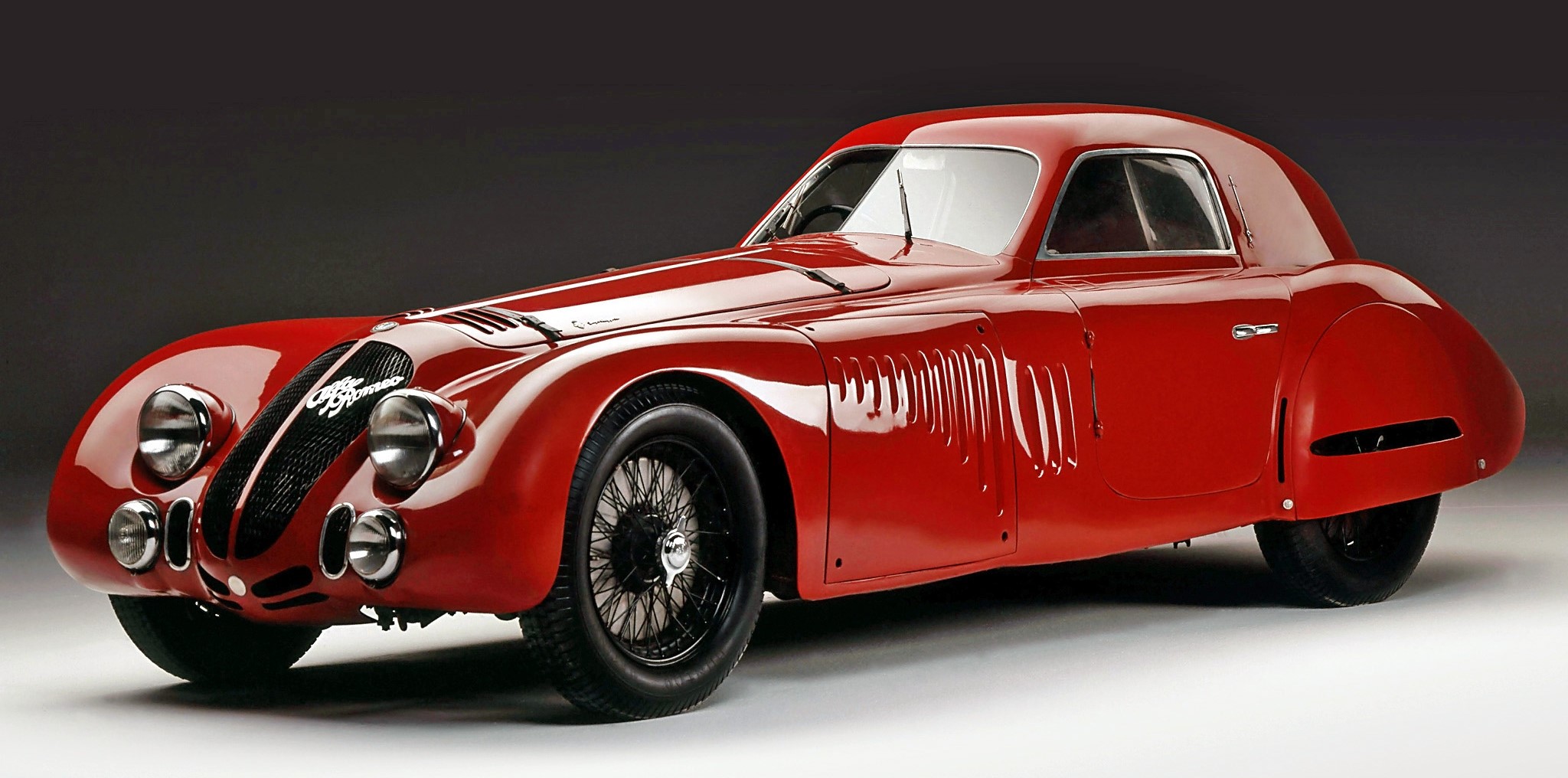
Alfa Romeo 8C 2900B Speciale tipo “Le Mans” (1938)
8C 2900B Speciale tipo “Le Mans” (1938)
Engine:…….. in-line 8, 2905 cc, twin cam, double supercharger
Power:………220 hp @ 5800 rpm (217 bhp)
Top speed:…150 mph (240 kmph)
Body:………..Touring
Celebrating the 90th anniversary of Le Mans, this unique car was designed and engineered for the 1938 Le Mans 24 hour endurance race, driven by Biondetti and Sommer. The “8C 2900” led for a long time before retiring with a valve breakdown. This “8C” is one of the most outstanding Alfa Romeo cars ever made: the engine is the same of the “P3” single-seater, the beautiful design representing the pinnacle of Carrozzeria Touring.

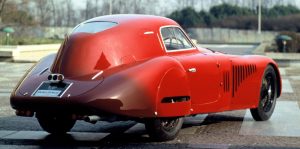
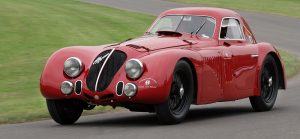
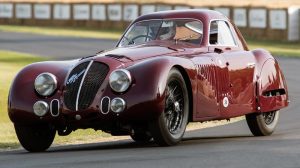
You must be logged in to post a comment.